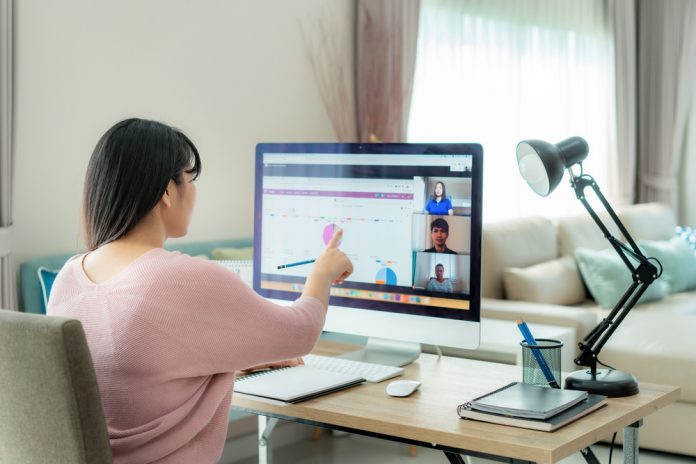
Life was not exactly smooth sailing for many employees before the pandemic. With the added uncertainty of a worldwide health crisis, stress soured. Our home was no longer a safe place or sanctuary away from the workday. Many of us have allowed our phones, emails, and constant contact with the “office” to create an atmosphere of “never off” and “not finished”. Work took over the dinner table, the living room couch, and many times, the unavoidable bedroom.
What is burnout?
Not being able to see the light at the end of the tunnel or experience closure from work to home life has created an uptick in burnout. Burnout is complete mental, emotional, and physical exhaustion from prolonged stress. Burnout is a serious issue and needs the full attention of employer and employee. One way to help ease the tension is to create zones and transitions throughout the workday.
We all remember what it felt like when the school bell rang. If that last class had you slumped over in your chair, propping your heavy head up with your hand, when the bell rang, like a pavlovian dog, you had a rush of energy to move from one zone to the next. To go home, to practice, or meet up with friends. Your mind, body, and soul knew you were exiting one aspect of life for another.
As humans, we like variety and as employees or students, that change of environment can be energizing, welcoming, and comforting.
The challenges of working from home
Unfortunately, working from home has been rough for some, especially those that crave variety. There are many ways we can reduce stress and burnout while working from home. The key is to zone and transition throughout your day. Preferably taking regular breaks and lunch.
The challenge is figuring out how to stay productive without pulling your hair out, yelling at the kids, or kicking the dog. Recognizing your state of distress and deciding to organize your home and day into areas of work and home is one real-world solution. If you do not have a separate room for an office or don’t have the space for a dedicated workstation in your living room, it is important to shift that space to another use. For example, you use your kitchen table as your workspace. But you also like to eat there.
Creating zones
After your workday, close your laptop and move it off the table. This helps with the zoning aspect, but what about the transition? It is especially important to close your laptop or computer if you also use the same device for personal use. Traditionally, we would leave one building at the end of the day and transition back to our home. The physical separation of leaving a building, walking, riding the bus, or train, or driving home created space between work and home. It is good and helpful to separate the two physically and mentally. Leaving work helped us create a definite mental, emotional, and physical shift or transition in our day. To recreate this, leave the house. Physically transition to another space before beginning your “at home” time.
If you are lucky enough to have a dedicated office space, physically close the door. This signals to your mind and body that “work is done.”
Clients report feeling much more in control of their day by acknowledging zones and being deliberate about the transition from work to leisure time. They also reported feeling less anxious and worried about the intrusion of work into their private lives.
Maria was having a difficult time adjusting to the demands of work, the pandemic regulations, and being stuck at home. She missed her office friends and enjoyed her commute home as she took this time to listen to podcasts and music. It was her “fun” time of day before getting home and making dinner, being a wife and mom. It was only 30 minutes, but it was all hers.
After acknowledging her sadness and feelings of loss of not having this time, we worked on a plan to transition her day. Maria decided there was no reason she couldn’t put her earphones in for a 30-minute walk after work. In fact, she felt a bit pinned up and reported the walks not only brought that “fun” time back for her, but she also reported having more energy in the evening with her family. She even started saying when she opened and closed the door, “work is done, now for my fun.”
The deliberate opening and closing of doors, the laptop, and creating zones for work, eating, and play help support balance, and renewal, and lessen stress.
Conclusion
The key takeaway is acknowledging your need to separate work and private life. By deliberating on creating zones and a physical transition, you signal to yourself that you are now off the clock and free to enjoy the remainder of your time in your home as a private person, not an employee. Anytime we create control in our day, we feel more at peace and less anxious. Of course, the next step is to create some separation between our phone and email. But that is another training!



